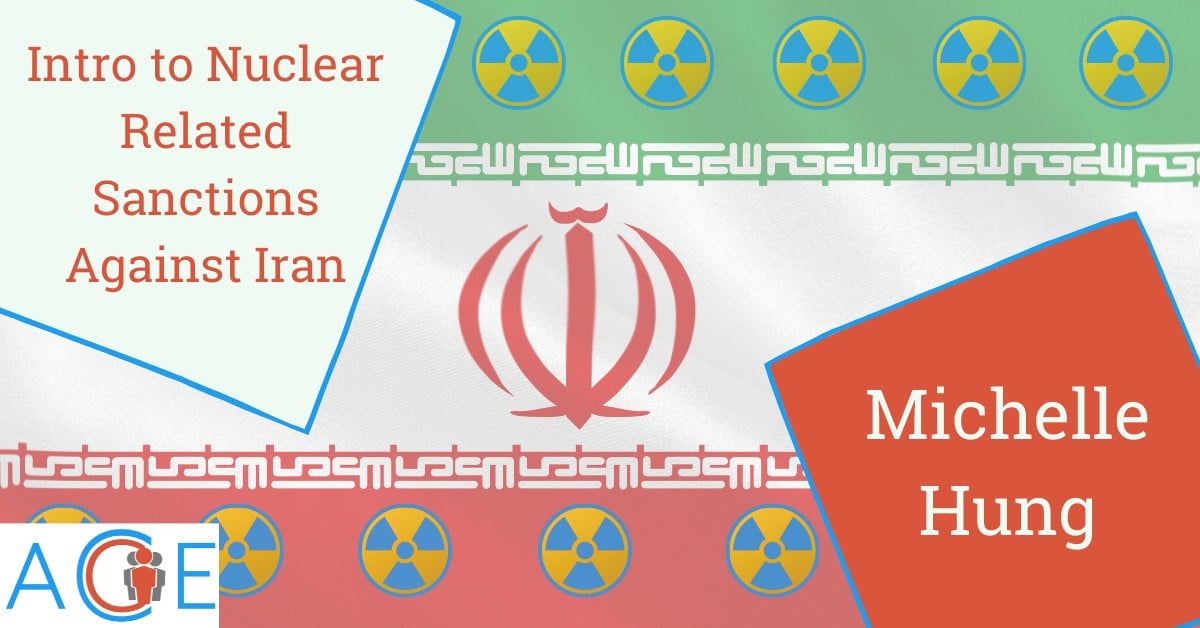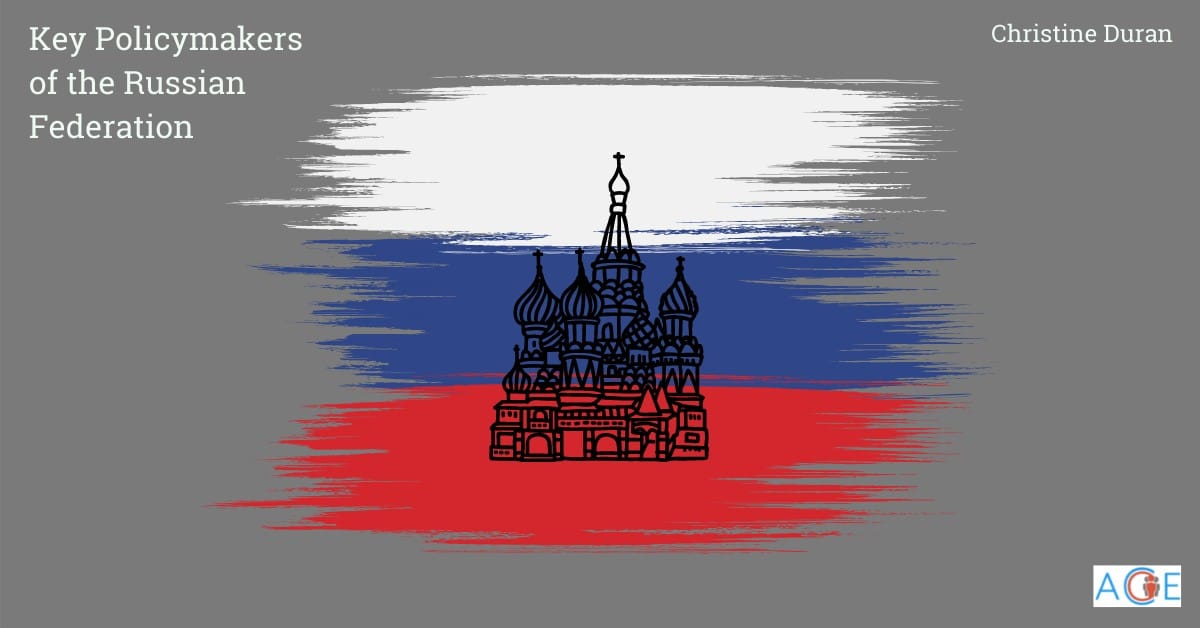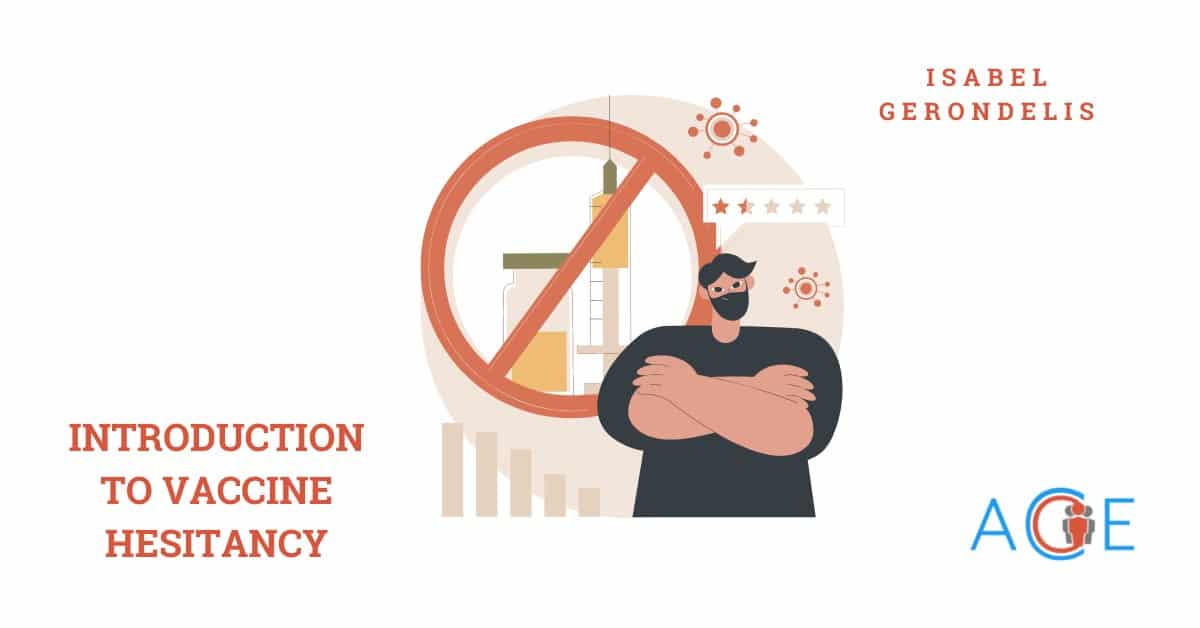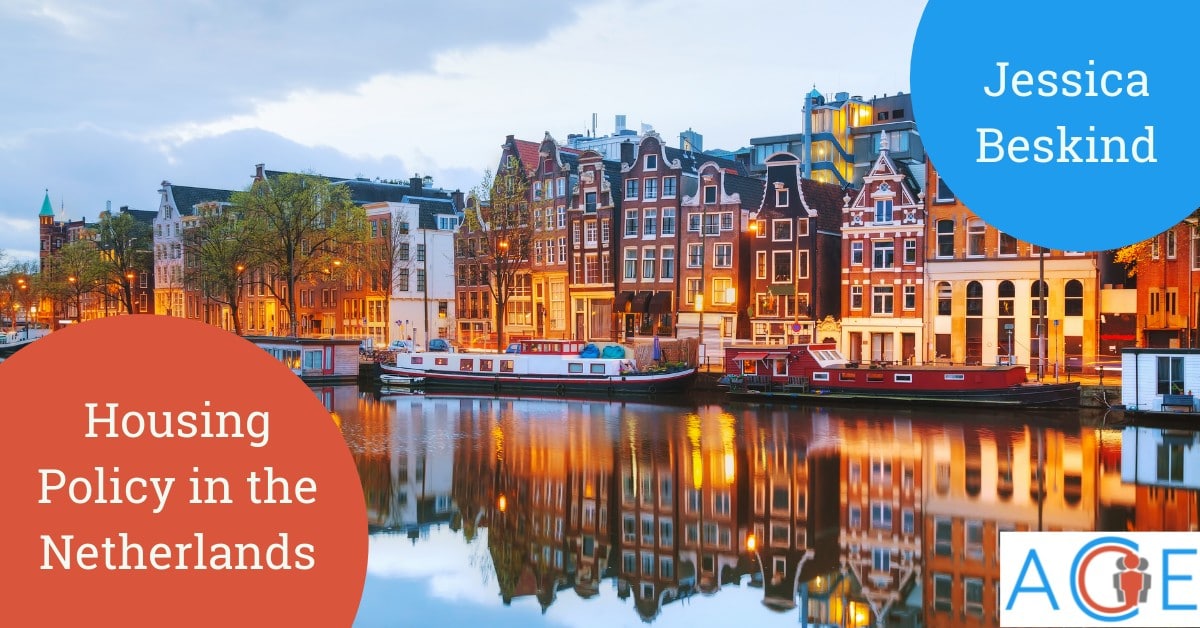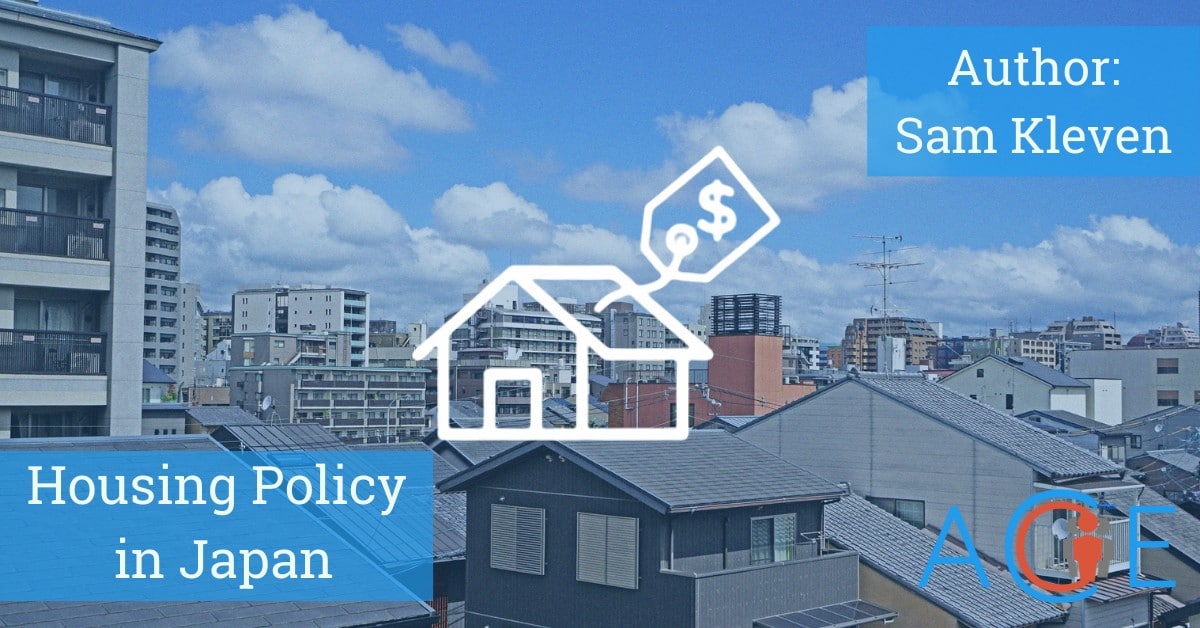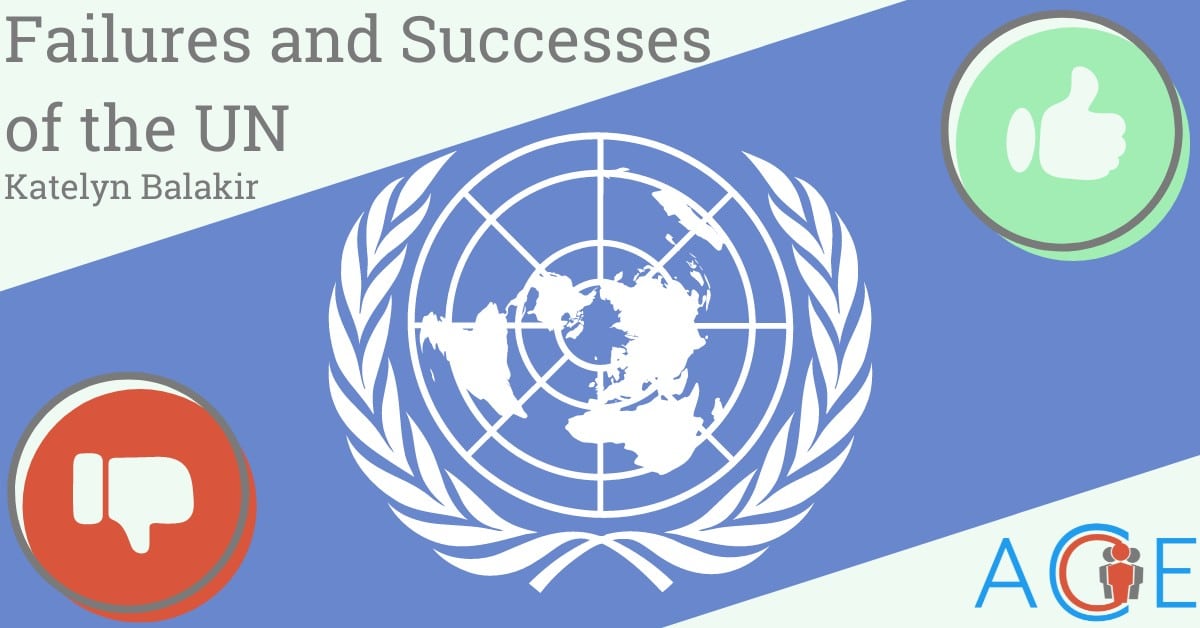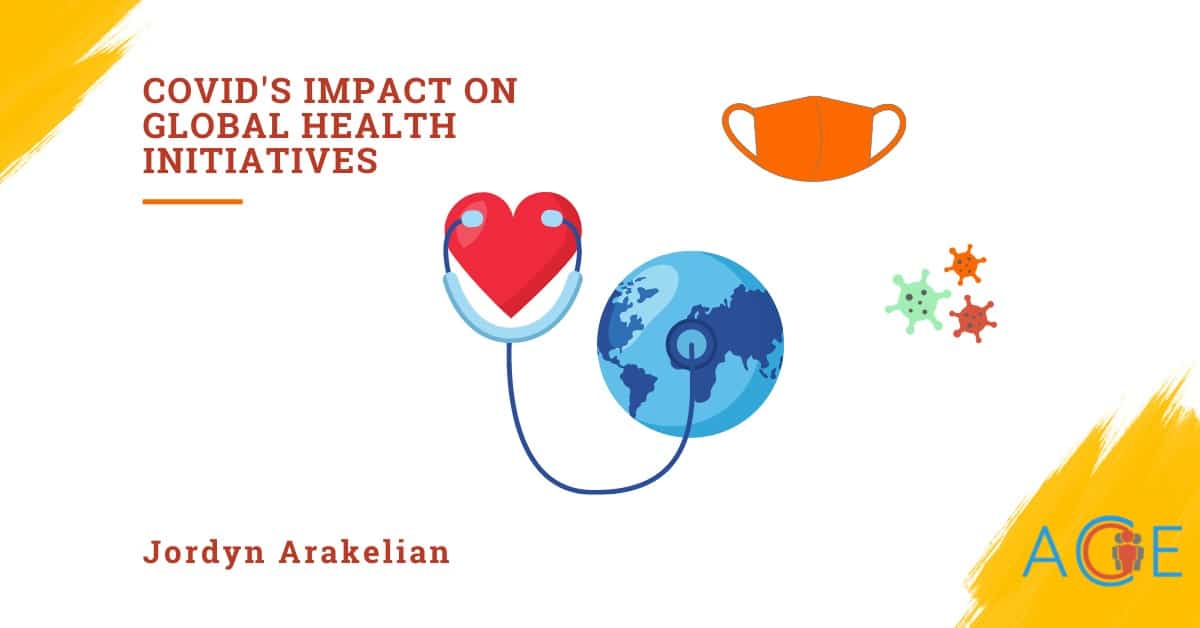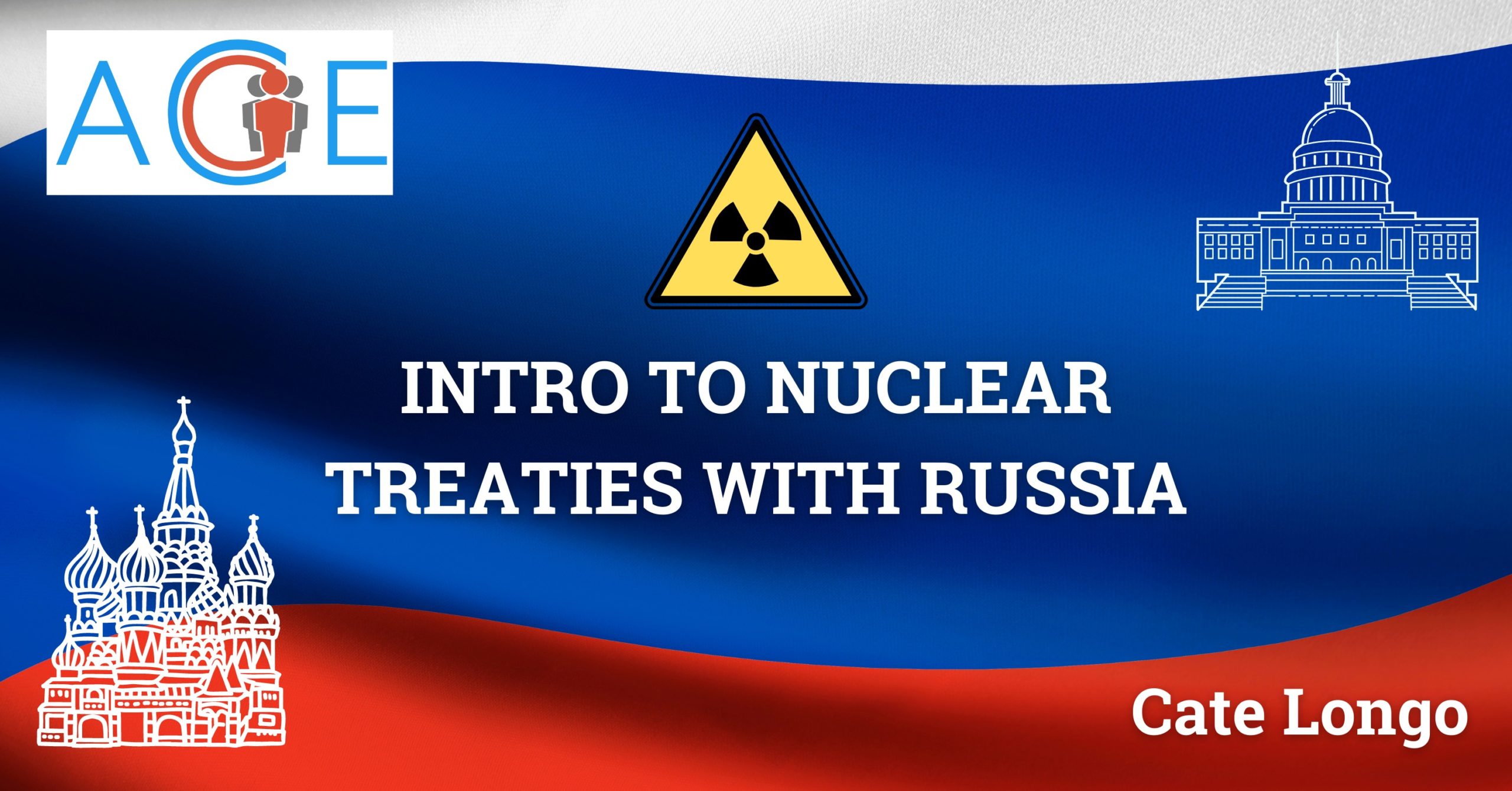The Russian political system centers itself around a presidency that is seldom held accountable by other branches of the government. President Vladimir Putin, who is currently serving his fourth term, is a testament to this. His regime consists of his closest allies—former security and military officers, coined siloviki. The siloviki not only form Putin’s elite inner circle but also hold the highest positions in government. The Putin regime also depends on the knowledge of technocrats, who are policymakers appointed based on their expertise in a particular area.
This article aims to look into these top officials’ government positions and ideologies to represent the kinds of policymakers that make up the Russian political system.
President Vladimir Putin
After graduating from Leningrad State University, Vladimir Putin joined the KGB as a foreign intelligence officer and served for over a decade. He began his political career in 1991 when he became a top aid for Anatoly Sobchak, a former mentor, and mayor of Leningrad. He later held other political roles including as Director of the Federal Security Service (FSB) and Prime Minister for two terms. When unpopular President Boris Yeltsin resigned on in 1999, Putin finally reached the presidency.
Putin was quickly popular among Russians, winning the 2000 presidential election with 53% of the vote. Putin’s first term sought to strengthen the weakened Russian state and set out a series of reforms to raise Russia as a competing power with the West. Although there is debate about the success of Putin’s initial reforms, he won re-election in 2004, 2012, and 2018.
In 2020, Putin supported a constitutional referendum that introduced over 200 changes. One of the amendments allows him to stay in power until 2036 if re-elected for two more terms. Nearly 78% of Russian voters supported the amendments to the constitution, which has spurred a debate on the legitimacy of the vote. Putin’s well-known critic, Alexei Navalny, described the results as an inaccurate depiction of public opinion. Furthermore, the other recent amendments to the constitution reflect Putin’s ideology of economic liberalism and conservative Russian nationalism. Some examples of the other amendments include a ban on same-sex marriage, a ban on top government officials from holding foreign papers, and stipulations for the minimum wage. Many also argue that the recent amendments reform the balance of power in the Russian political system due to the change in the role of the State Duma, regional governors, and the State Council. As a result, the changes could curtail the influence of the presidency.
Prime Minister Mikhail Mishustin
Mikhail Mishustin came into his position in early 2020, after Dmitry Medvedev resigned from office. A long-time bureaucrat, Mishustin was the former Director of the Federal Taxation Service for ten years. He is a technocrat who is popular amongst business circles due to his modernization of the Russian tax system. Mishustin’s background in systems engineering and economics allowed him to spearhead efforts to technologize the federal tax service, which increased the country’s tax revenue.
Some argue Putin handpicked Mishustin for his management skills and pro-Kremlin allegiance, leading to speculation that his experience will enable him to influence Russia’s economy. In response to the Covid-19 pandemic, Mishustin approved the creation of a coronavirus task force, declared a state of emergency, and allocated funds to support businesses.
Minister of Defense Sergei Shoigu
Sergei Shoigu began his political career in the early 90s. He held minor positions in the Communist Party and was the Chairman of the RSFSR State Committee for Emergencies in 1991. Shoigu was also Minister of Civil Defense: Emergencies and Disaster Relief and Governor of the Moscow Region. Putin appointed Shoigu to his current position in November of 2012, naming him General of the Army and Chairman of the Council of Ministers of Defense of the Commonwealth of Independent States in addition to Minister of Defense
Ahead of the upcoming 2021 parliamentary elections, Putin added Shoigu to the United Russia elections list, leveraging Shoigu’s popularity to stir up voter enthusiasm. Much of Shoigu’s popularity stems from his hardline military positions and apprehensions about the West and NATO. Most notably, Shoigu had a role in directing military operations during the annexation of Crimea and the subsequent Ukraine crisis.
Director of FSB Alexander Bortnikov
Alexander Bortnikov started his career in 1975 as an officer in the KGB. By 2003, Bortnikov became Head of the FSB Directorate of Russia for St. Petersburg and the Leningrad Region. Other positions he held include Head of the Economic Security Service of the FSB and Deputy Director of the FSB. Former President Medvedev appointed Bortnikov Director of the FSB in 2008. The FSB is one of the most powerful security agencies in Russia. In many ways, it is the successor of the KGB and deals with national security matters.
Although appointed by Medvedev, Bortnikov is considered one of Putin’s loyal siloviki due to his background in security services. The European Union imposed sanctions on Bortnikov and other government officials for his connection to Alexei Navalny’s poisoning. He was also sanctioned by the EU for shaping Russia’s policy in Ukraine through his role in the Security Council, which led to the annexation of Crimea and the crisis in Eastern Ukraine. Recently, Bortnikov announced that the FSB would follow agreements reached by Putin and Biden to cooperate on cybersecurity issues.
Director of Rosneft Igor Sechin
Igor Sechin is the President and Chairman of the Management Board for Rosneft. Rosneft is one of Russia’s largest state-owned oil companies. The company holds significant political and economic influence, particularly in Russian foreign policy.
Sechin served as a deputy of Putin’s early in his political career, where they developed a close relationship. Some argue that Sechin is one of the most feared men in Russia, as he is one of Putin’s main advisers and a prominent figure of the siloviki. Although the faction follows conservative and nationalist ideals, Sechin has publicly portrayed himself as a champion of the market economy. During the 2016 US presidential election, the Steele Dossier named Sechin in its accusations that the Trump campaign colluded with the Russian government. Sechin was also one of the officials affected by US sanctions after the annexation of Crimea.
Former Prime Minister Victor Zubkov
Victor Zubkov is the Chairman of the Board of Directors for Gazprom. Gazprom is a state-owned oil and natural gas company and Russia’s largest corporation. Putin and Zubkov formed a relationship when Putin was chairman of St. Petersburg’s committee on external relations in the early 90s while Zubkov served as deputy chairman. Zubkov’s political career also involved positions at the Federal Tax Service and Federal Financial Monitoring Service before becoming Putin’s First Deputy Prime Minister from 2008 to 2012.
A subsidiary of Gazprom owns the Nord Stream Pipeline 2, which has been the center of media and political controversy. The proposed pipeline would run from Russia to Germany. The issues surrounding Nord Stream 2 stem from environmental and geopolitical concerns, as many world leaders found it to conflict with the EU’s interests. Some also argue that the Russian government favors the project because it would limit dependence on Ukrainian transit. Recently, the project has resumed after a deal between the US and Germany was reached.
First Deputy Head of the Presidential Administration Sergei Kiriyenko
Sergei Kiriyenko is the First Deputy Chief of Staff to Putin. Before his current position, Kiriyenko served a short term as prime minister under Yeltsin, right before the 1998 Russian financial crisis. Kiriyenko also headed Rosatom, the state nuclear corporation. Kiriyenko’s political and business experiences make him a technocrat.
Recently, the US imposed sanctions on Kiriyenko in response to the poisoning and imprisonment of Alexei Navalny. The US Department of Treasury referred to Kiriyenko as a “domestic policy curator”. In addition, Kiriyenko subscribes to the political philosophy of Georgy Shchedrovitsky. Shchedrovitsky founded the Moscow Methodology Circle, which some describe developed a theory of social engineering that suggests that one can manipulate society.
Secretary of Security Council Nikolai Patrushev
Nicholai Patrushev began his career as an officer for the KGB and eventually became the Director of FSB from 1999 to 2008. Putin appointed Patrushev Secretary of the Security Council in 2008, a position that allows him to consult the president on matters of national security. Due to his security background and advisory role, Patrushev is considered a member of Putin’s siloviki faction. He has been influential in foreign policy decisions and played a role in the annexation of Crimea. Patrushev has also been a proponent of a security strategy that ensures Russia can both withstand sanctions and respond in kind.
In 2018, the US Department of Treasury issued sanctions against Partrushev and other Putin allies for “malign activity”. These allegations included supplying the Assad regime with weapons and participating in cybercrime. Tensions have increased between countries, and Patrushev has become a vocal critic of the West.
Minister of Foreign Affairs Sergei Lavrov
Sergei Lavrov began his career in diplomacy, serving in several different positions in the Ministry of Foreign Affairs. Lavrov was appointed to his current position in 2004 and is the longest-serving foreign minister of the Russian Federation.
In recent years, China-Russia relations are strong as the nations have cooperated on BRICS, the SCO, and on the UN Security Council. When the Biden Administration imposed a series of sanctions on Russia, Lavrov compared current US-Russia relations to Cold War tensions. Lavrov also recently wrote an article heavily criticizing the US, EU, and NATO.
Chairman of State Duma Vyacheslav Volodin
Vyacheslav Volodin is the current Chairman of the State Duma and previously served as Putin’s First Deputy Chief of Staff from 2011 until 2016. Volodin was a top advisor to Putin, once stating “no Putin, no Russia.” As Putin’s Chief of Staff, Volodin helped shape domestic policy. Many argue that Volodin assisted in maintaining the appearance of a “managed democracy” by embracing the media and ensuring that the Kremlin-approved candidates won elections.
As speaker of the State Duma, Volodin has assumed a greater role in parliamentary politics. This year, Volodin announced that China-Russia relations continue to grow stronger. He also accused the US of promulgating the notion that multiple world powers cannot coexist. Volodin made a statement against the European Court of Human Rights’ decision on same-sex marriage, maintaining Putin’s amendments to the Constitution of Russia. Similar to other powerful Putin allies, both the US and the EU imposed sanctions on Volodin.
Former Presidential Advisor Vladislav Surkov
Vladislav Surkov held many positions in the executive branch of government, including Deputy Prime Minister under both Medvedev and Putin. Most notably, however, Surkov was a top advisor to Putin until he resigned in 2020. Surkov was nicknamed the “Grey Cardinal” for his significant influence at the Kremlin, particularly in its policies on Ukraine. Many credit Surkov as the architect of Putin’s political strategy called “sovereign democracy”. The concept of a sovereign democracy or managed democracy alludes to authoritarianism disguised by democratic institutions. In addition, Surkov became known for intimidating the media, enabling him to censor journalists and disseminate propaganda.

